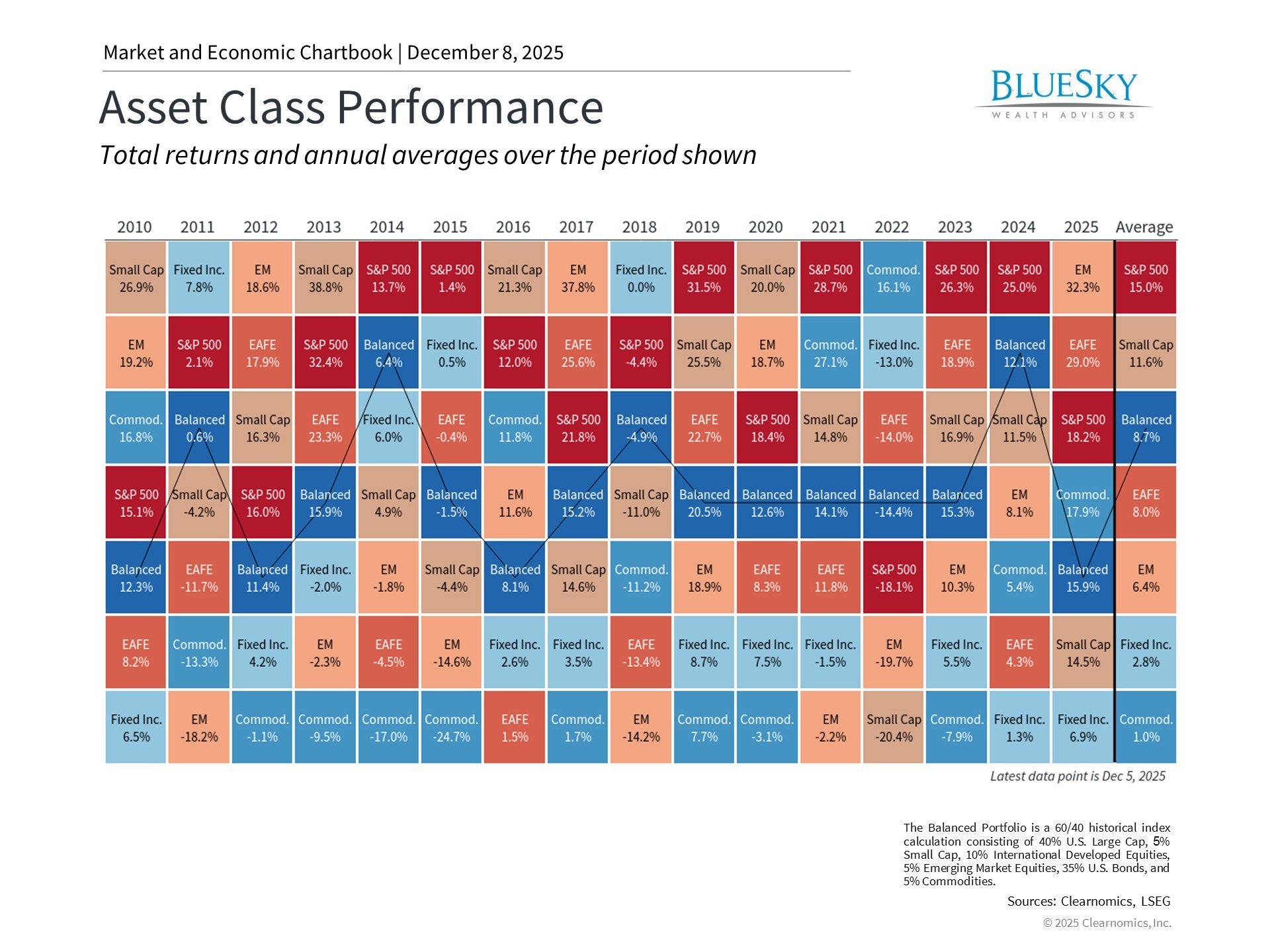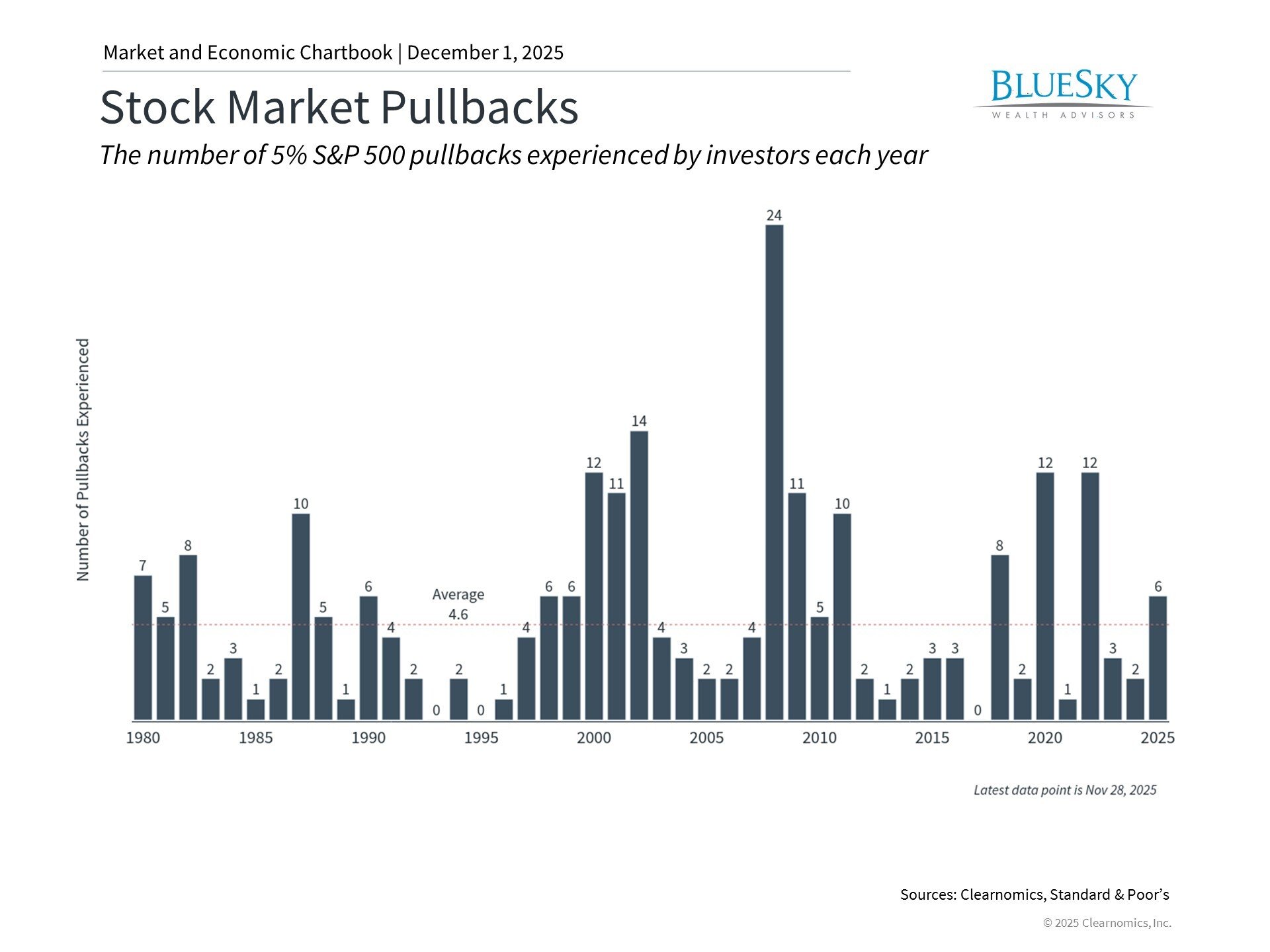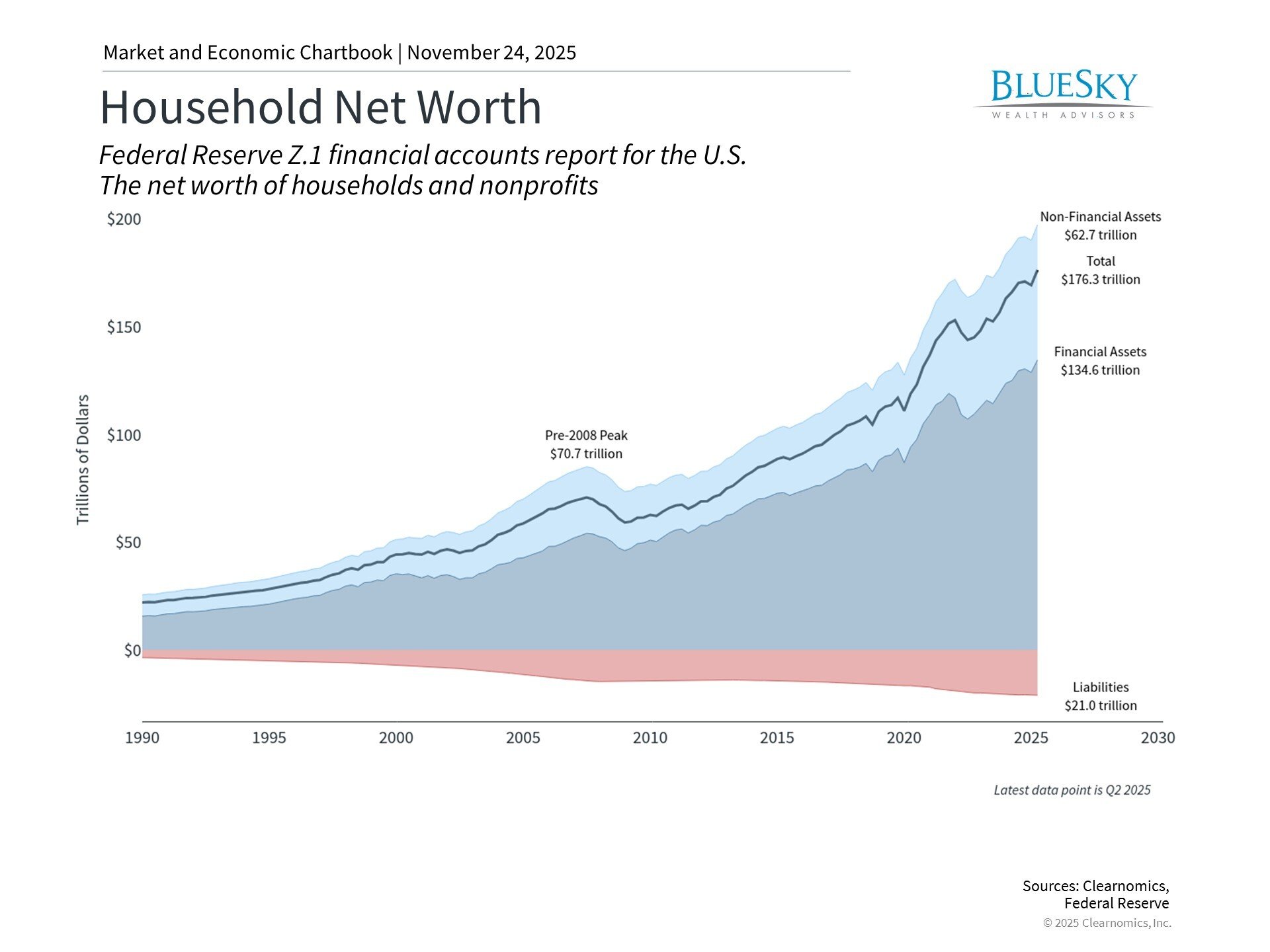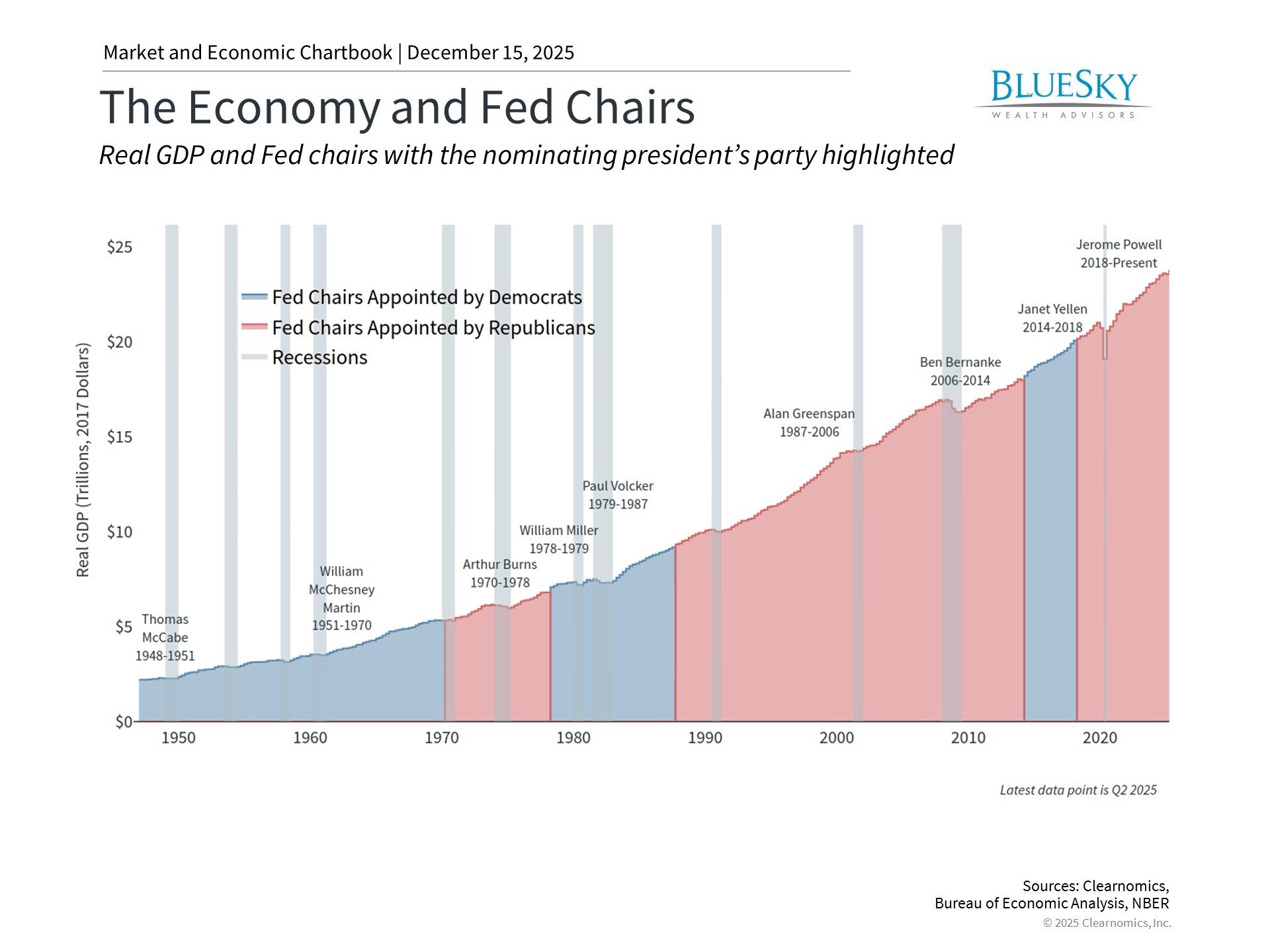
What Happens to My Investments When Interest Rates Rise?
What Happens to My Investments When Interest Rates Rise?
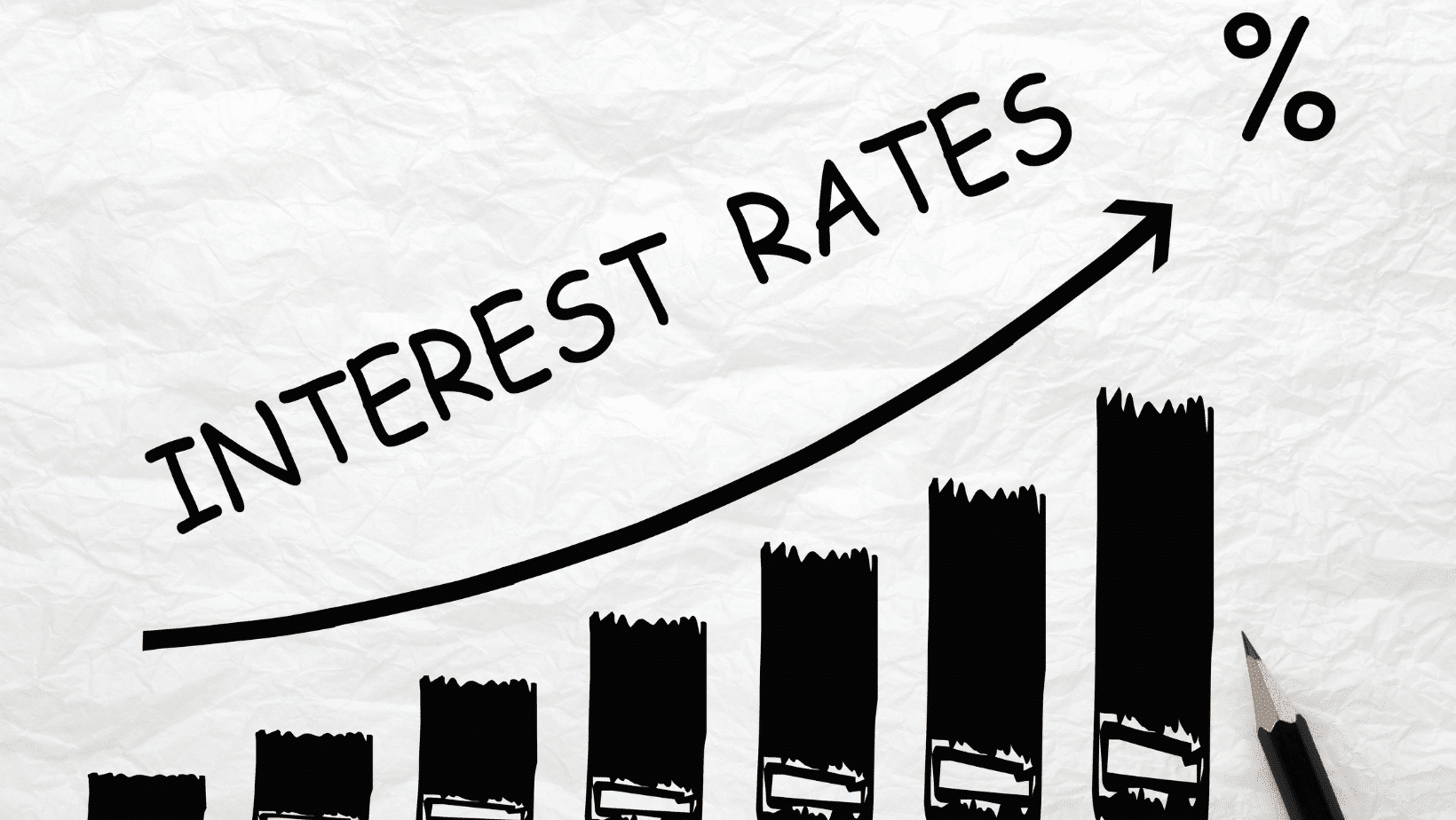
Investors often have to navigate a sea of uncertainties when managing their investments. From market fluctuations to economic policies, there are several factors that can impact the performance of your investment portfolio. However, one factor that has been making headlines recently is the rise in interest rates.
With the Federal Reserve signaling a potential increase in interest rates, investors are left wondering what impact it will have on their investments. In this article, we will look at the effects of rising interest rates on different types of investments and provide insights into how to survive inflation to help you make informed decisions. Keep reading to learn more!
The Basics of Interest Rates

Interest rates refer to the percentage charged by financial institutions for borrowing money. It is a crucial aspect of the economy as it influences consumer spending, business investment, and inflation. When interest rates rise, it becomes more expensive for individuals and businesses to borrow money, leading to decreased spending and economic growth.
On the other hand, when interest rates are lower, consumers are encouraged to borrow and spend more, stimulating the economy. For example, if you have a mortgage with an adjustable interest rate, a rise in interest rates would mean that your monthly payments will increase, leaving you with less disposable income for other investments. Similarly, businesses may hold back on expanding or investing when interest rates are high, as it becomes costly to borrow money for growth.
How To Survive Inflation During An Economic Slowdown
When interest rates rise, it does not necessarily mean that all investments will be negatively impacted. The effects can differ depending on the type of investment and other factors, such as inflation and economic conditions. Here are some key considerations to keep in mind:
Bonds
Bonds are a popular investment option for individuals and institutions seeking steady income. However, when interest rates rise, bond prices fall, leading to lower returns on investments. This is because bonds have a fixed interest rate that becomes less attractive in comparison to new bonds issued with higher interest rates. For example, if you own a 10-year bond with an annual return of 2% and interest rates rise to 3%, investors will prefer purchasing the new bonds with a higher return. As a result, the value of your bond decreases in the market, leading to capital losses for investors.

Stocks
While rising interest rates may have a negative impact on bonds, the effect on stocks can be more nuanced. Generally, when interest rates rise, the stock market experiences a temporary decline as investors reallocate their portfolios towards fixed-income investments with higher returns. However, over the long term, rising interest rates can indicate a strong economy and increased corporate earnings, which can lead to higher stock prices.
Additionally, some sectors, such as financials and utilities, tend to perform better in a rising interest rate environment as they benefit from higher interest rates. Therefore, investors should carefully consider their portfolio allocation and the sectors they are invested in when making investment decisions during a period of rising interest rates.
Real Estate
Real estate is another popular investment option that rising interest rates can impact. When interest rates rise, the cost of borrowing for real estate investors also increases, making it more expensive to invest in properties or take out mortgages. This can lead to a decline in demand for real estate, resulting in lower property prices and rental income.
However, this impact can vary depending on the type of real estate investment. For example, commercial real estate may not be as affected by rising interest rates as residential properties due to longer lease terms and higher rental income potential. Additionally, investors locked in long-term fixed-rate mortgages will not be impacted by rising interest rates, providing them with stability in their investments.
Commodities
Commodities are tangible assets such as gold, oil, and agricultural products often seen as a hedge against inflation. Therefore, when interest rates rise, commodities can become more attractive to investors seeking protection against the potential decrease in currency value. However, rising interest rates can also lead to a stronger dollar, which can make it more expensive for other countries to purchase U.S. commodities.
Additionally, the demand for commodities can also be affected by economic conditions and global events, making it essential to consider multiple factors when investing in this asset class during rising interest rates. For example, during the COVID-19 pandemic, oil prices plummeted due to decreased demand as travel and economic activity significantly decreased.
Cash
Investing in cash may seem like a safe option during periods of rising interest rates as it does not carry the same risks as other investments. However, with higher interest rates, cash investments such as savings accounts and certificates of deposit (CDs) may also increase their yield. This makes them more attractive to investors seeking short-term stability and income.
However, it is important to consider the impact of high inflation on cash investments, as higher interest rates may not keep up with the rising cost of goods and services. For example, if inflation is at 3%, but your credit card debt account only offers a 2% return, you are essentially losing purchasing power over time. Therefore, it is crucial to carefully weigh the risks and potential returns when considering cash investments during a rising interest rate environment.
Inflation
Inflation is a significant factor to consider during periods of rising interest rates. Inflation refers to the general increase in prices of goods and services, which can erode the purchasing power of cash investments over time. When interest rates rise, it often indicates that inflation is also increasing. This can affect various investments differently. For example, stocks may initially decline due to rising costs, but over time, they can benefit from increased monthly expenses and a stronger economy.
Additionally, bonds may suffer from decreased demand as investors seek higher returns to keep up with inflation. Therefore, it is crucial to consider the potential impact of inflation on investments when making decisions during a rising interest rate environment.
Economic Conditions
The state of the economy plays a crucial role in how investments are affected by rising interest rates. When the economy is strong and growing, higher interest rates can indicate that inflation may be increasing, but it also indicates a greater demand for borrowing and consumers have more disposable income to spend. This can increase corporate earnings and potentially benefit certain industries and sectors.
However, when the economy is struggling, higher interest rates can be a sign of a potential economic downturn and can negatively impact various investments. Therefore, it is essential to consider the overall economic conditions when making investment decisions during periods of rising interest rates.
Benefits of Diversification
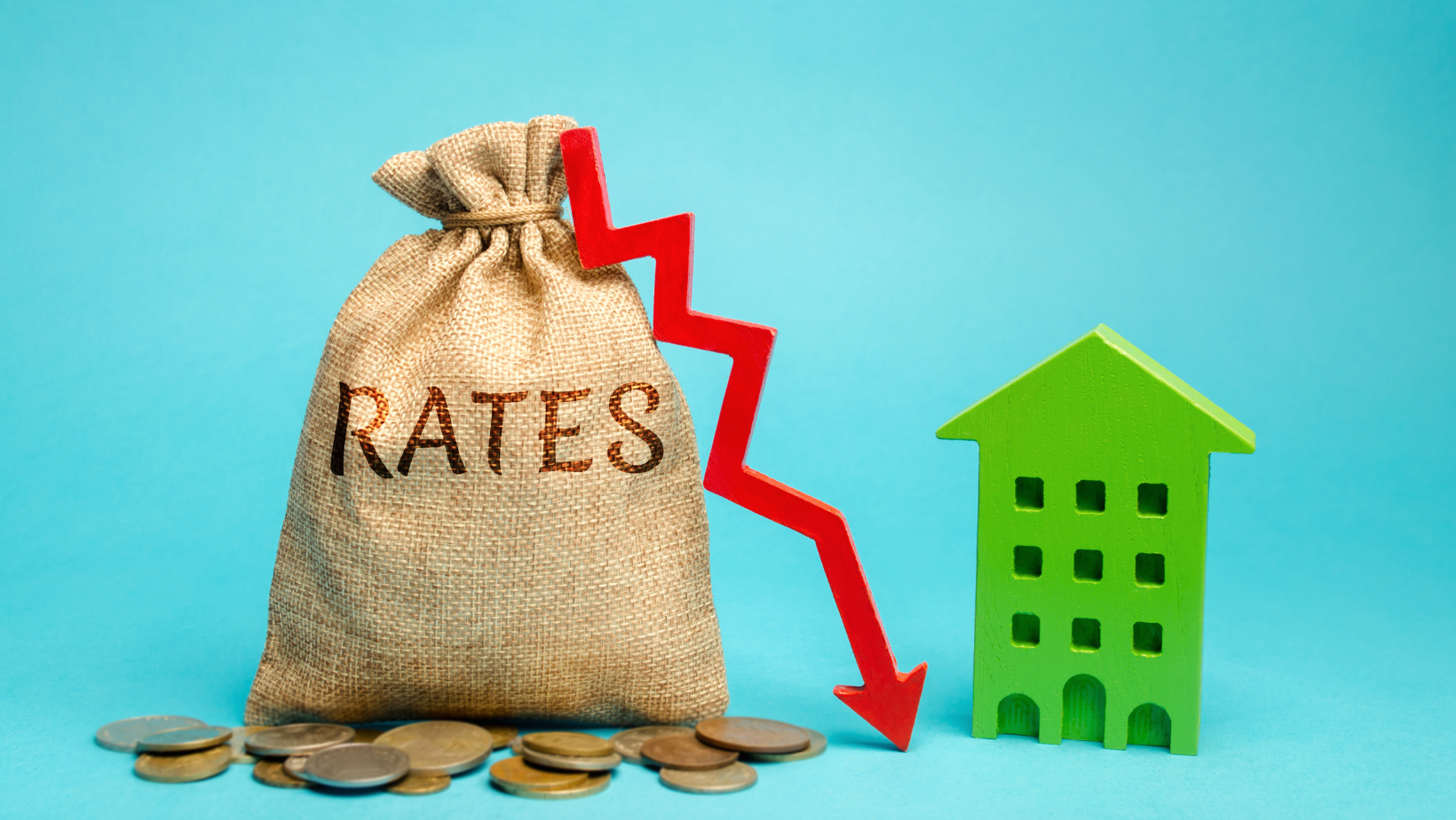
No single investment is immune to the effects of rising interest rates. Therefore, investors must diversify their portfolios across various asset classes and sectors. Here are some recommendations that should guide your decisions:
Invest in a Mix of Stocks and Bonds
Investing in a mix of stocks and bonds is a tried-and-true strategy for diversification, especially during periods of rising interest rates. Stocks provide potential for growth and cash flow, while bonds offer stability and income. By combining these two asset classes, investors can benefit from the upside potential of stocks while having a cushion against market downturns through their bond investments.
For example, during the 2008 financial crisis, stocks suffered significant losses, but bonds performed well as investors flocked to safer assets. By having a diversified portfolio of both stocks and bonds, investors can mitigate risk and potentially see positive returns even in a volatile market affected by rising interest rates. Additionally, diversifying within each asset class is also crucial to further reduce risk and maximize potential returns. Investing in a mix of large-cap, mid-cap, and small-cap stocks, as well as various types of bonds such as government, corporate, and municipal bonds, can help spread risk across different industries and sectors.
Consider Alternative Investments
Alternative investments are becoming increasingly popular to diversify portfolios beyond traditional stocks and bonds. These include real estate, commodities, private equity, and emergency fund policies. Alternative investments often have a low correlation with the stock market, meaning they can be less affected by rising interest rates or other market factors. For example, real estate investments may offer stability during rising interest rates due to their longer-term nature and potential for rental income. However, alternative investments also carry higher risks, so it is essential to research and understand them before investing thoroughly.
Look into Inflation-Protected Securities
Inflation-protected securities, such as Treasury Inflation-Protected Securities (TIPS), can be a valuable addition to a portfolio during periods of rising interest rates and future spending. These investments offer protection against inflation by adjusting their value based on changes in the Consumer Price Index (CPI). This means that as inflation rises, the principal amount of these securities also increases, providing a hedge against rising prices. However, they may not provide significant returns compared to other investments and may have lower liquidity.
For example, TIPS are backed by the US government, which means investors enjoy guarantees based on the full faith and credit of the United States. As such, they are a relatively safe investment for those looking to diversify their portfolio or hedge against inflation. However, like any security, there is no guarantee that an investor will profit from investing in TIPS. Therefore, it is important to research the security and make sure it meets your individual investment goals before making an investment.
Diversify Across Industries and Sectors
Diversifying across various industries and sectors is crucial to reduce the risk of being heavily invested in one particular area. For example, if you have a significant portion of your portfolio in technology stocks, a downturn in the tech industry could significantly impact your returns. However, by diversifying across different sectors such as healthcare, consumer goods, and energy, investors can spread risk and potentially see positive returns even if one industry is negatively affected by rising interest rates.
Consider Dividend-Paying Stocks
Dividend-paying stocks can be a beneficial addition to a portfolio during rising interest rates. These stocks provide regular income in the form of dividends, which can help offset any decreases in bond prices due to higher prices. Additionally, dividend-paying companies are usually more established and can withstand economic downturns better than non-dividend-paying stocks. However, it is essential to research the dividend payment history of a company before investing, as dividends are not guaranteed.
Focus on Quality Bonds
You may have heard the phrase, “Not all bonds are created equal,” and this is especially true during periods of rising interest rates. As bond prices move inversely to interest rates, higher rates can cause a decline in bond prices. However, not all bonds react the same way to rising interest rates. Quality bonds, such as investment-grade corporate bonds or government bonds, typically fare better during these times as they are less vulnerable to default and have a steady stream of income from interest payments.
On the other hand, lower-quality bonds, such as high-yield or junk bonds, may experience more significant declines in value due to their higher risk of default. For example, during the 2008 financial crisis, investment-grade corporate bonds saw a decline of around 3%, while high-yield bonds saw a decline of over 26%. By focusing on quality bonds, investors can mitigate risk and potentially see positive returns during rising interest rates.
Invest in Short-Term Bonds
Short-term bonds are a useful tool for investors during periods of rising interest rates. They typically have lower durations, meaning they mature sooner, allowing investors to reinvest their mutual funds at higher interest rates if rates continue to rise. This can provide the potential for higher returns and protect against loss of value due to increasing interest rates.
For example, if an investor has a bond with a 10-year maturity at a fixed rate of 3%, and interest rates rise to 4% after five years, the bond’s value may decrease in comparison to newly issued bonds with higher rates. However, if the investor had invested in shorter-term bonds, they could have reinvested their funds at a higher rate after only five years.
Stay Informed and Be Flexible
The key to successfully navigating rising interest rates is to stay informed and be flexible with your investment decisions. Monitor economic indicators, inflation rates, and central bank policies to anticipate potential changes in discretionary spending. Additionally, be open to adjusting your portfolio based on market conditions and reevaluating your risk tolerance as interest rates rise. By staying informed and flexible, investors can make informed decisions to protect their investments during rising interest rates and save money in the long run.
Things To Avoid Doing During Rising Interest Rates

While there are strategies investors can use to protect their investments during rising interest rates, there are also some things they should avoid doing. These include:
- Panicking and selling all your investments: While it may be tempting to sell off all your investments during periods of uncertainty, this could result in significant losses and missed opportunities for potential monthly budget gains.
- Not considering the long-term: It’s essential to remember that interest rates, like markets, are cyclical. While they may rise in the short term, they can also decrease in the future. It’s crucial to consider your long-term investment goals and not make drastic changes based on short-term market movements, which will help you save more money.
- Ignoring diversification: Diversification is crucial during all market conditions, and it becomes even more critical during periods of rising interest rates. By diversifying your portfolio, you can reduce risk and potentially see positive returns even if one part of the market is negatively affected.
Conclusion
Despite the initial apprehension surrounding rising interest rates, investors can employ various strategies to safeguard their investments and potentially yield positive returns. Consideration of inflation-protected securities, diversification across industries and sectors, prudent allocation to quality bonds, investment in short-term bonds, and staying well-informed and adaptable in decision-making all contribute to effective risk management during times of increased interest rates. It is crucial to remain composed, adopt a long-term perspective, and consistently diversify your portfolio to achieve enduring financial success.
Embrace investing without fear of rising interest rates – armed with the right strategies and mindset, your investments can thrive even in this environment. Stay composed, stay informed, and steadfastly pursue your long-term investment goals. Happy investing!

